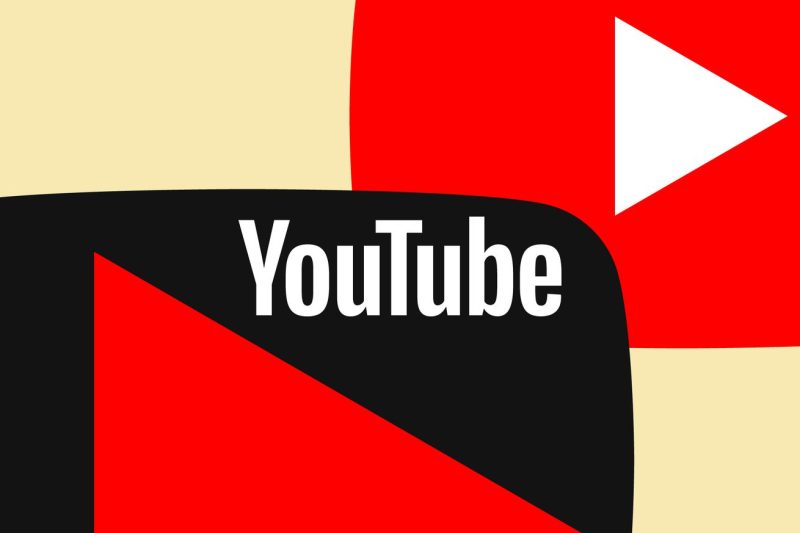
YouTube in Disarray: Adele, Nirvana, and More Songs in Limbo Amid SESAC Dispute
In a surprising turn of events, YouTube has recently removed songs from several prominent artists’ channels, including Adele, Nirvana, and others, due to a dispute with the performance rights organization SESAC. This development has caused a stir among music enthusiasts and fans alike, raising questions about the future of music licensing on digital platforms.
SESAC, one of the major performance rights organizations in the music industry, is known for representing artists and composers in licensing their music for public performance. The organization works to ensure that musicians receive fair compensation for the use of their work, which includes collecting royalties from various platforms like YouTube.
The dispute between YouTube and SESAC appears to stem from disagreements over licensing terms and royalty rates. As a result, YouTube made the decision to remove songs represented by SESAC from its platform, leading to the unavailability of popular tracks from artists like Adele and Nirvana.
For fans of these artists, this move has come as a shock, as they are now unable to access some of their favorite songs on YouTube. The absence of iconic tracks like Hello by Adele and Smells Like Teen Spirit by Nirvana has left many music lovers frustrated and disappointed.
This situation also highlights the complexities of music licensing in the digital age. As streaming platforms continue to grow in popularity, the issue of fair compensation for artists becomes increasingly important. Disputes between platforms and rights organizations can have a significant impact on both artists and fans, disrupting the distribution of music and affecting the overall music ecosystem.
It is unclear how long this dispute between YouTube and SESAC will last and whether a resolution can be reached in the near future. In the meantime, fans of artists like Adele and Nirvana will have to find alternative ways to enjoy their music, such as purchasing albums or listening on other streaming platforms that have not been affected by the dispute.
As the music industry evolves and technology continues to shape how music is consumed, conflicts like the one between YouTube and SESAC may become more common. Finding a balance between the interests of artists, rights organizations, and streaming platforms will be crucial in ensuring that music continues to be accessible and rewarding for all parties involved.
